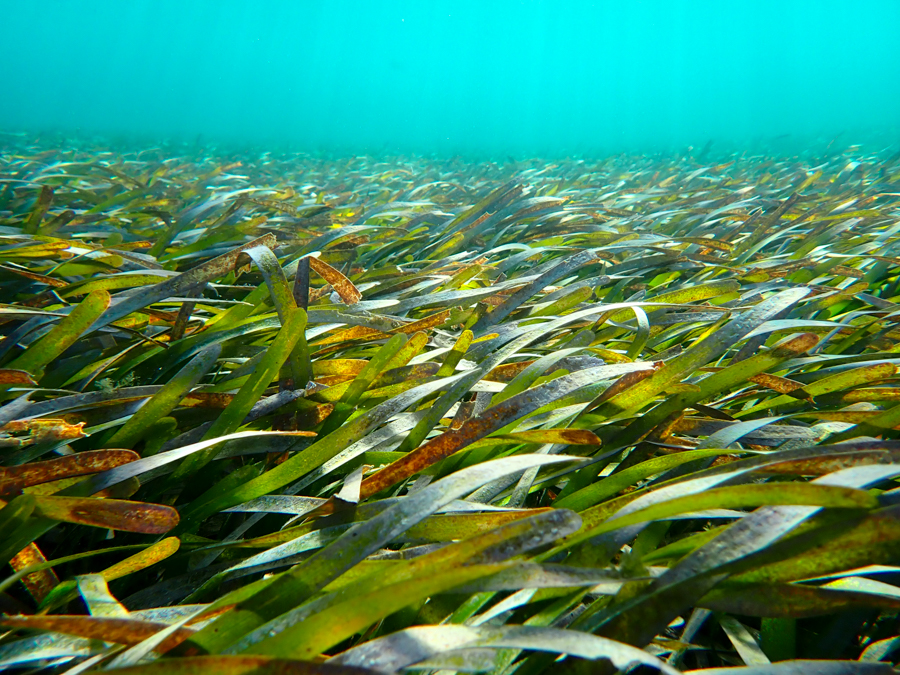The Khaled bin Sultan Living Oceans Foundation (KSLOF) completed three Bahamas marine research missions during 2011: Cay Sal Bank (4/26/11-5/18/11), Great Inagua, Little Inagua and Hogsty Reef (8/1/11-8/24/11) and Andros Island (10/1/11-10/6/11). Research was undertaken by scientists from KSLOF, the National Coral Reef Institute (NCRI), University of Queensland, University of Miami (RSMAS), Atlantic and Gulf Rapid Reef Assessment Program (AGRRA), Florida Aquarium, University of Michigan, the Bahamas Department of Marine Resources (Fisheries), the Bahamas National Trust, the Nature Conservancy, Bahamas, and College of the Bahamas (Appendix I). Professional videographers accompanied the Science Team on the Cay Sal and Inagua missions. The M/Y Golden Shadow was used as the Bahamas marine research platform, with small vessels (catamarans, twin V, tenders) deployed for groundtruthing and SCUBA assessments. The Goldeneye seaplane was used for aerial surveys of the three regions.
The Bahamas marine research included habitat mapping and characterization of coral reef community structure. Habitat mapping efforts included acquisition of WorldView 2 (WV2) Satellite Imagery, aerial reconnaissance and photography, and detailed groundtruthing using a small catamaran. Groundtruthing focused on continuous bathymetry measurements, drop camera videos, sediment sampling, and low frequency sonar to profile the seafloor’s sub-bottom, all linked into to a geographic positioning system (dGPS). SCUBA assessments focused on 1) characterization of the benthos, including substrate type and cover and biomass of benthic organisms; 2) coral community structure, population dynamics and health; 3) fish community structure; and 4) resilience indicators, with emphasis on herbivory and algal growth, coral recruitment patterns, prevalence of diseases and other stressors, patterns of coral reef recovery, and physical and oceanographic parameters. A detailed Bahamas marine research project on the effects of herbivory in controlling algal populations was undertaken during the first and second mission. Research to characterize coral diseases, with emphasis on dark spots disease, was conducted. Disease prevalence and impacts were quantified and tissue/skeleton samples of eight species of scleractinian corals were collected during the August and October missions. Additional physical parameters including salinity, temperature and current profiles were measured. KSLOF established a Legacy Site on Cay Sal Bank and Great Inagua. Each site (10 m X 10 m) was permanently marked with four stainless steel rebars, photographed using a high resolution digital SLR camera, and all corals were assessed; temperature loggers were also deployed at the Legacy Site on Cay Sal Bank.
A total of 23,407 sq km of WV2 and RapidEye satellite imagery was acquired for the 5 areas. Continuous bathymetry was recorded over a 572 km track and 1157 drop camera videos were taken. The Bahamas marine research team completed 1003 dives for a total of 842 hrs and 52 min bottom time, with surveys conducted to a maximum of 30 m depth. Products and information resulting from this mission include 1) high resolution habitat maps depicting twelve marine habitats at a 6 m resolution and three-dimensional bathymetric maps for shallow (0-25 m depth) habitats; 2) subbottom profiles of the underlying substrate; 3) a detailed characterization the coral reef community structure, including the biomass of reef fishes, population dynamics of coral, benthic attributes of reef habitats, threats and resilience indicators; 4) a better understanding of rates of algal growth and role of herbivorous fishes in regulating algal populations; and 5) characterization of a prevalent coral disease (dark spots disease). All of the imagery, maps and information are being compiled into a GIS database and a detailed Atlas of Bahamian Shallow Marine Habitats is under development.


